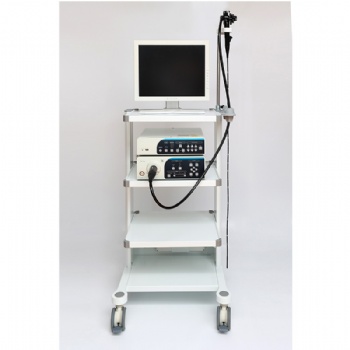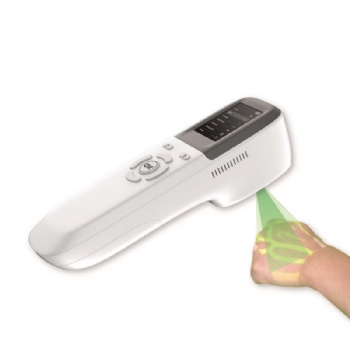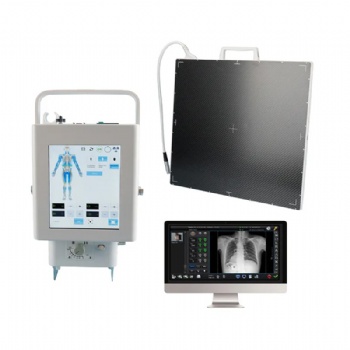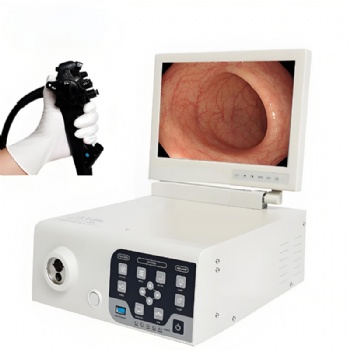News
Major Parameters of Medical Endoscope
Endoscopy uses a relatively rigid instrument called a rigid endoscope. Some people feel that when using it, it is like "the feeling of having a stick inserted into it", but now it is mainly made of glass fiber, which is soft and bendable, and easy to operate fiberscope. The current endoscope is equipped with an illumination device, which can be directly observed with the naked eye, and the angle of the front end of the endoscope can be adjusted. It is also equipped to take pictures and take specimens for further examination.
Unlike industrial endoscopes, medical endoscopes need to be inserted into the human body to perform corresponding examinations on patients, so their performance parameters in all aspects are much stricter than industrial endoscopes. Speculum parameters. The parameters of the medical endoscope mainly include 6 points, which are the outer diameter of the mirror tube, working length, optical performance, thermal insulation performance, insulation performance, and mechanical performance.
1. Outer diameter of medical endoscope tube
Medical endoscopes for different groups of people (adults and children) have different outer diameters, which are roughly as follows:
(1) The outer diameter of the laryngoscope is 5mm, 8mm and 10mm.
(2) The outer diameter of the sinusoscope is 3mm and 4mm.
2. Working length of medical endoscope
Medical endoscopes for checking different parts have different working lengths, such as:
(1) The working length of the laryngoscope is greater than or equal to 180mm.
(2) The working length of the sinusoscope is greater than or equal to 175mm.
3. Optical performance of medical endoscope
(1) Resolution: Resolution is an important optical index for endoscopes, and ordinary endoscopes should generally be greater than 9.92Lp/mm (L=10mm).
(2) Illumination: It is mainly the uniformity of illumination. If the illumination cannot fill the field of view, the periphery will be blurred, which will affect the field of view.
(3) Viewing angle: The viewing angle is generally divided into front view (0°, 12°), strabismus (30°, 45°), and side view (70°, 90°).
(4) Field of view: the field of view of sinusoscope, cystoscope, hysteroscope, proctoscope and amniotic fluid mirror should not be less than 60°, otherwise the observation range will be affected.
4. Thermal insulation performance of medical endoscopes
In medical endoscopes, because the endoscope is an invasive inspection tool, in order to avoid harm to the human body when the endoscope is working, a cold light source is generally used, and an infrared filter is set at the light output port to maximize the ground to limit the output of infrared light.
5. Insulation performance of medical endoscope
It is mainly the insulation structure of electronic medical endoscope and related electrical isolation parts, such as the insulation performance of the eyepiece cover, cold light source interface, light guide cable and other related accessories matched with the camera.
6. Mechanical properties of medical endoscopes
(1) In order to ensure the imaging quality of the endoscope, its sealing performance must be good, and it is not easy to enter the water, so as to ensure the optical system of the medical endoscope.
(2) The connection part must be firm.
The above are the 6 major performance parameters of common medical endoscopes. Only by ensuring that these parameters are accurate can the medical test results be correct, so as to more effectively relieve the patient and restore health.
Categories
Contact Us
- +86-18018467613
- +86-13357930108
- info@82tech.com




